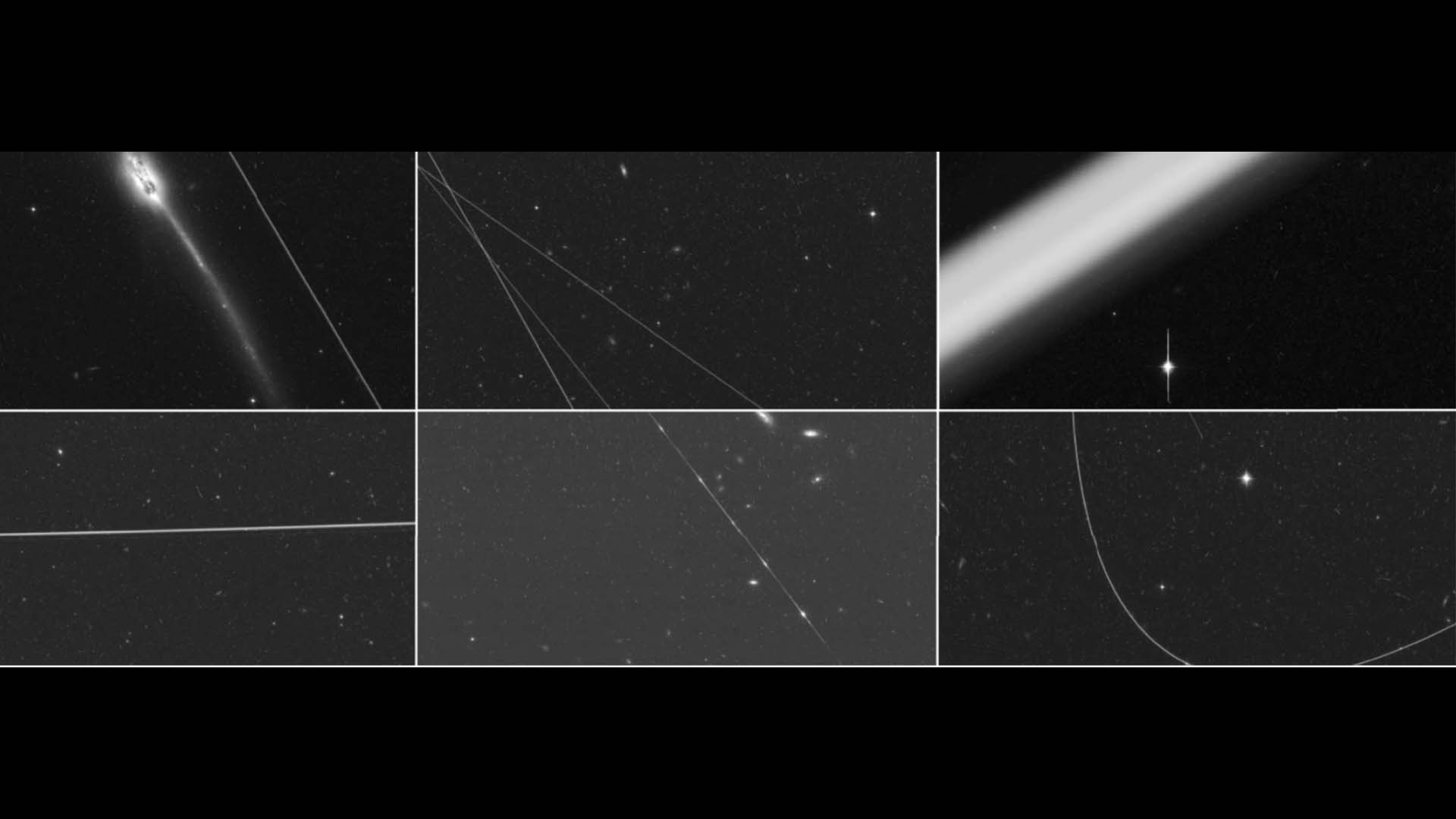Japan Launches Kaguya Probe on Moon Mission

A Japanese spacecraft touted to be the largest aimed at the moon since NASA's Apollo era rocketed into space late Thursday on an ambitious mission to study the origins of Earth's nearest neighbor.
The three-ton Kaguya lunar orbiter rode its H-2A rocket moonward at about 9:31 p.m. EDT (0131 Sept. 13 GMT), though it was Friday morning at Japan's island-based Tanegashima Space Center launch site. The probe was slated to circle the Earth twice before beginning a five-day trek to the moon, the Japan Aerospace Exploration Agency (JAXA) has said.
Formally known as SELENE, short for SELenological and ENgineering Explorer, Kaguya carries 14science instruments and two small microsatellites to make detailed maps of the moon's surface, probe its interior and study the lunar gravitational field.
"All of the data gathered by Kaguya will bring us new scientific knowledge for research of the origin and evolution of the moon," JAXA's SELENE project manager Yoshisada Takizawa has said on the agency's Web site.
Kaguya is named after Kaguya-hime, a moon princess in a well-known Japanese folktale, and is carrying names and messages from people on Earth as part of JAXA's"Wish Upon the Moon" campaign. The probe is also equipped with a high-definition camera that is designed to record still and video images of theEarth as it rises above the lunar surface.
"The moon is one of the favorite planetary bodies for Japanese," Shinichi Sobue, a JAXA Kaguya science coordinator and spokesperson, told SPACE.com."I think the Japanese people are looking forward to this, and especially to see the Earth rising from the moon."
Kaguya's 55billion-yen (about $480 million) mission is slated to run about one year, Sobue said. The mission's launch comes after eight years of development and a series of delays, most recently due to improperly installed condensers on Kaguya's small satellite passengers. Bad weather at the probe's launch site also prevented a planned Wednesday night liftoff, JAXA said.
Breaking space news, the latest updates on rocket launches, skywatching events and more!
While Kaguya is not Japan's first unmanned lunar mission, it is the country's most ambitious. In 1990, Japan launched the Hiten spacecraft to make a series of lunar flybys, deploy a small Hagamordo satellite near the moon and enter lunar orbit. Hiten was intentionally crashed into the moon in 1993.
Sobue said Hiten's flight primary served as a technology test for future spacecraft, making Kaguya Japan's first all-science mission to the moon. JAXA will share the probe's gravity field measurements with NASA researchers in the U.S. - who are preparing to fly their own Lunar Reconnaissance Orbiter (LRO) to fly next year- and is looking ahead to possible manned moon expeditions in the future, Sobuea dded.
"[JAXA]is exploring the possibilities to perform manned activities on the moon and to utilize the moon for future space development activities," Takizawa has said in past statements.
Sobue added that Kaguya's SELENE effort is part of JAXA's larger space exploration initiative to participate in international manned lunar missions and launch an unmanned Japanese moon lander by 2010.
"We hope that, by using our SELENE data, we'll find a good place for a future lunar landing," Sobue said.
Kaguya is the first of a series of new moon missions by different countries to fly over the next two years. China's Chang'e-1 lunar orbiter is slated to fly sometime later this year, while NASA's LRO and India's Chandrayaan-1 are due to lift off in 2008.
- VIDEO: An Unusually Cool Lunar Eclipse
- IMAGES: Full Moon Fever
- Top 10 Cool Moon Facts

Tariq is the award-winning Editor-in-Chief of Space.com and joined the team in 2001. He covers human spaceflight, as well as skywatching and entertainment. He became Space.com's Editor-in-Chief in 2019. Before joining Space.com, Tariq was a staff reporter for The Los Angeles Times covering education and city beats in La Habra, Fullerton and Huntington Beach. He's a recipient of the 2022 Harry Kolcum Award for excellence in space reporting and the 2025 Space Pioneer Award from the National Space Society. He is an Eagle Scout and Space Camp alum with journalism degrees from the USC and NYU. You can find Tariq at Space.com and as the co-host to the This Week In Space podcast on the TWiT network. To see his latest project, you can follow Tariq on Twitter @tariqjmalik.
